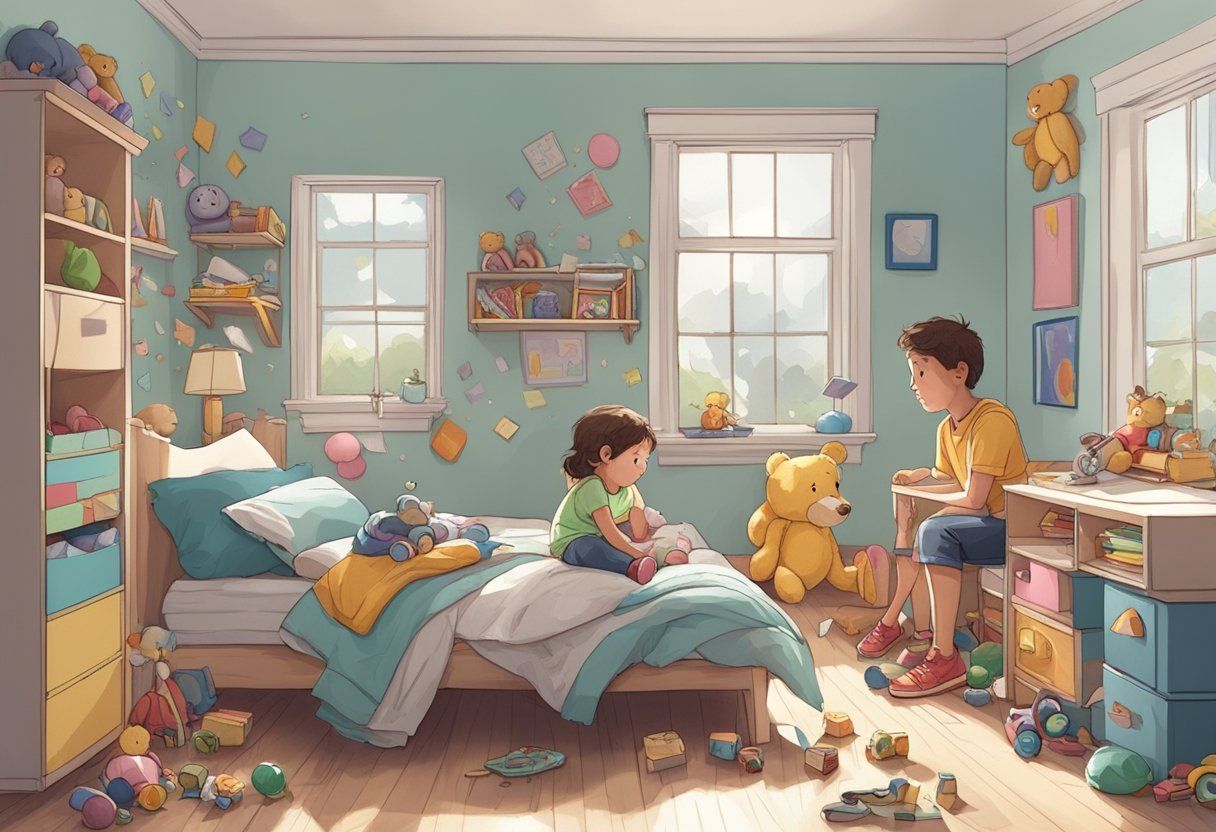BLOG
Categories
Understanding Behavioral Triggers in Adopted Children: A Love-Based Approach
Let’s slow it down for a minute. If you're parenting an adopted child and struggling with difficult behaviors, you’re not alone—and you're not failing. You’re simply being called to see deeper. What we often refer to as "behavioral triggers" are really trauma memories—stored not just in the mind, but in the very cells of the child’s body. They're not trying to make your life hard; they're trying to survive in a world that, at times, hasn’t felt safe.
Recognizing the Unspoken Language of Trauma
Adopted children have walked a road of loss—sometimes silent, often invisible. The smells, the sounds, the unexpected shifts in routine—these aren't just nuisances. For many of our children, they are loud, unfiltered reminders of what once was terrifying, lonely, or unstable.
That outburst of anger? That retreat into silence? That’s not disobedience. That’s dysregulation. It’s the brain going offline because it’s overwhelmed. And here’s the key—when we can respond with calm, with love, and with presence, we become the regulatory force that their nervous system never had before.
The Root Is Always Deeper Than the Behavior
Every behavior is a story. And that story is shaped by the child’s history. Early neglect, abrupt separations, or time in foster care all impact how a child sees the world—and how they respond to it. If the body has been wired to expect danger, even love can feel unsafe at first.
It’s not about "fixing" your child. It’s about helping them feel felt, helping them feel safe. Your presence—soft, regulated, non-reactive—is the medicine. And it starts by knowing: the behaviors are not personal. They’re protective.
What You Can Do
Create oxytocin moments—soft touches, shared laughter, predictability, and patience. These are the moments that regulate the brain. When a trigger shows up, you show up softer. When a meltdown hits, you slow it down. You don’t have to have the right words. You just have to keep breathing love into the chaos.
When we shift our focus from control to connection, from correction to compassion, everything begins to change. Not just for the child—but for us, too.
Because love doesn’t just heal them. It heals us.
Reactive Attachment Disorder: What It Is and What It Isn’t
Let’s be clear about something up front: Reactive Attachment Disorder (RAD) isn’t a label for a “bad kid.” It’s a signal—a neon sign flashing from a nervous system shaped by fear, loss, and survival. When we talk about RAD in adopted children, we’re talking about children who have not just experienced trauma, but who have also missed those early, foundational moments of consistent love and safety.
What RAD Can Look Like
It may show up as aggression. It may show up as withdrawal. Sometimes, it doesn’t show up at all until love is offered—and then it comes out loud. Why? Because love is the most triggering experience for a child who has learned not to trust it. That child is not rejecting you. That child is bracing for the fall.
Diagnosing RAD isn’t about ticking off a checklist—it’s about understanding the relationship between a child and their caregiver. How does that child seek comfort? Do they resist it, avoid eye contact, flinch at closeness? These are the signs. It’s not the behavior alone—it’s what the behavior is saying.
Don't Get Lost in the Alphabet Soup
RAD often gets tangled in the web of ADHD, ODD, and PTSD. Yes, there’s overlap—but here’s the distinction:
- ADHD might look like inattention or impulsivity, but it’s driven by neurodevelopmental wiring.
- ODD can show up as rule-breaking and defiance, but often as a response to frustration and fear.
- PTSD is about re-experiencing trauma. Flashbacks, hypervigilance, chronic anxiety.
- RAD is about the absence of safe relational wiring. The absence of trust. The absence of "you will catch me if I fall."
What’s heartbreaking is that these labels can distract us from what really matters: relationship. Connection. Healing.
What You Can Do
If RAD is in the room, then fear is in the room. And if fear is in the room, then love must walk in first.
It starts with presence—your presence. Your ability to stay regulated in the face of your child’s dysregulation is what rewires their brain. They don’t need more control. They need more co-regulation. They don’t need stricter consequences. They need stronger connections.
Every time you stay calm in the chaos, you are teaching their nervous system that love doesn’t hurt.
Diagnosis is a Direction—Not a Destination
Use it to guide your understanding, not to limit your child’s potential. The goal isn’t to treat a disorder. The goal is to restore trust. To rebuild the bridge that trauma burned.
And here’s the truth: Love works. Maybe not instantly, maybe not obviously, but always—when it is consistent, regulated, and free from fear.
Effective Communication and Response Strategies for Caregivers: Regulating Before Responding
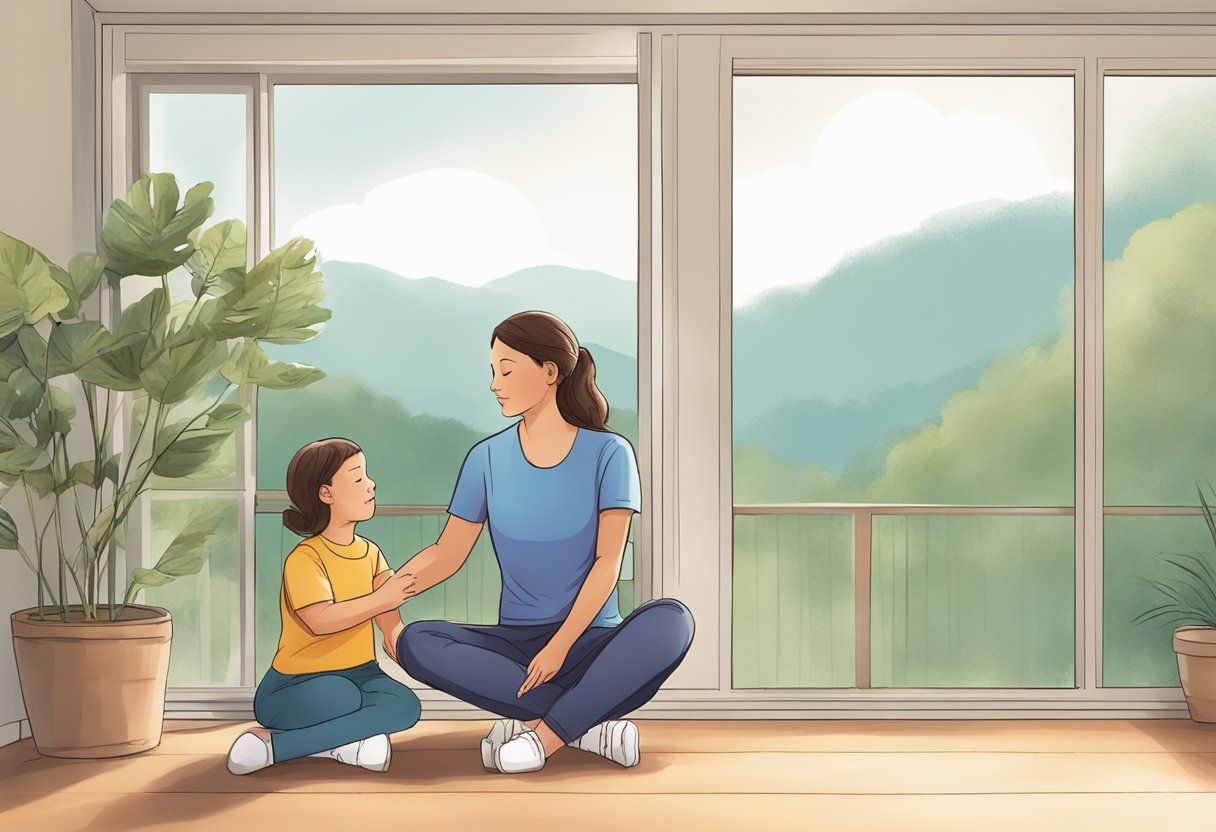
When it comes to parenting adopted children, your most powerful tool isn’t control—it’s connection. These kids don’t need more discipline. They need more love. Not the soft, permissive kind—but the fierce, regulated kind that says, “No matter how hard you push, I’m not going anywhere.”
Building Attachment Isn’t Optional—It’s the Mission
Attachment is the foundation. Without it, no behavior strategy, chart, or consequence will stick. So how do we cultivate secure attachment in a child who may have never known it?
- Routines matter. Predictability is regulation. Every consistent meal, bedtime, or school pick-up tells their brain, “You’re safe now.”
- Words matter. Speak with intention. Speak softly. Speak love—even when it’s hard.
- Touch matters. A hug, a hand on the shoulder, a high-five—these are oxytocin moments. And oxytocin is the neurochemical bridge to healing.
- Presence matters most. Sit. Listen. Let silence be okay. Let their words be enough. When a child knows you’re not trying to fix them, they begin to trust that you’ll simply hold space.
You Can Set Boundaries and Still Lead with Love
Boundaries aren’t about control—they’re about safety. And when enforced with regulation and consistency, they build trust.
- Be clear. Say what you mean, mean what you say, and say it calmly.
- Be consistent. Every time you follow through with a boundary without anger, you create emotional safety.
- Praise specifically. Instead of “Good job,” say, “I noticed how gently you talked to your sister. That shows kindness.”
- Reward with connection. Let rewards be less about stuff and more about moments together—time reading, extra play, or one-on-one attention.
And when the boundary is crossed? Stay soft. Stay firm. “I see you’re struggling. Let’s take a break and we’ll try again.”
Because here’s the secret: it’s not about the child getting it right every time. It’s about you modeling what it looks like to be calm, safe, and loving—even when it’s hard.
What Changes Everything
The way you communicate becomes the way they learn to see the world. If you respond with calm, they learn to self-regulate. If you lead with curiosity, they learn to trust. And if you show them love when they least deserve it—that’s when the healing begins.
Supporting Resilience and Emotional Well-being

If we want to help our children grow strong, we have to meet them first in their weakness—with gentleness, with presence, and with love. Resilience isn’t about “toughening up.” It’s about creating enough safety for healing to begin. That’s where real strength comes from.
The Core of Resilience is Safety
Resilience grows in the soil of stability. It doesn’t happen when a child is afraid. It doesn’t happen when they’re constantly guessing what’s coming next. So we start simple:
- Create consistent routines. Routines reduce stress. They create rhythm. When a child knows what to expect, their nervous system can finally breathe.
- Celebrate the small wins. Praise every effort, every brave attempt. "You stayed calm when your brother took your toy. That’s big." These moments shape identity.
- Break challenges into small steps. Resilience isn’t built in the mountain—it’s built in the first step. Help your child set small goals and celebrate their courage to try.
Emotions Need a Place to Land
Our children come to us carrying the weight of loss. That loss might be silent. It might be screaming. Either way—it’s there. You don’t have to fix their grief. But you do have to see it.
- Acknowledge what they’ve lost. The people. The places. The familiarity. The dreams. "It’s okay to miss your first mom." That one sentence can change everything.
- Give them tools to cope. Teach them how to breathe through the storm. Slow, deep breaths. Coloring. Journaling. Quiet time with a weighted blanket. These aren't distractions—they’re doorways to regulation.
- Make space for expression. Let them draw, dance, cry, or talk. Let them rage safely. Let them feel without shame. That’s how pain becomes manageable.
- Be their safe place. If a child is grieving and you tell them, “It’s going to be okay,” you might mean well—but what they need to hear is, “I’m right here. And it’s okay to feel what you feel.”
Sometimes We Need Help
Therapists trained in adoption-related trauma can be powerful allies. When you find someone who understands the layers—who sees beyond behavior into the brain and body—you give your child another adult who sees them with compassion, not judgment.
But never forget this: you are the first therapist. Your love, your regulation, your calm voice in the middle of chaos—those are the interventions that matter most.
Using Evidence-Based Treatments to Support Healing in Adopted Children

When you're parenting a child from a history of trauma, you're not just dealing with behaviors—you're navigating the legacy of fear, loss, and survival that lives deep in the child’s nervous system. Evidence-based therapies are not just helpful—they can be transformational when applied through a lens of love, regulation, and deep relational attunement.
Cognitive Behavioral Therapy (CBT): A Tool—Not a Fix
CBT can be incredibly effective, when it’s delivered in a safe, relational context. It’s not about “changing” your child—it’s about helping them make sense of the pain they carry so it doesn’t control their present.
- CBT helps children put language to their trauma.
- It gives them the structure to face their memories in safe, manageable steps.
- But the real healing happens when the child knows they are not alone in the process. When their story is heard—not judged.
Therapists must create a felt sense of safety—because healing doesn’t begin until fear has been reduced. And the same goes for you as the parent. When you're involved—when you support, listen, and show up—you amplify the healing tenfold.
Behavior Is Communication, Not a Crime
Let’s talk about the tough stuff—lying, stealing, hitting, shutting down. These behaviors aren't about manipulation. They’re about protection. When a child has lived in survival, these actions made sense at one time. Our job isn’t to punish the behavior—it’s to understand the fear behind it.
- Behavioral assessments help identify triggers, but it’s your
empathy that transforms those triggers into trust.
- Build structure, yes. Routines, absolutely. But above all—build relationship.
- Clear expectations must be wrapped in
emotional safety. Boundaries don’t work when a child feels unsafe.
Love and Structure Can Coexist
Effective behavior plans don’t rely on control. They rely on connection.
- Celebrate every effort—especially the small ones.
- Reinforce the positive, but don’t punish the negative. Redirect it with understanding.
- Collaborate with therapists, teachers, and resources like Wraparound Services to ensure your child has the comprehensive support they need. But don’t lose your voice in the process—you
know your child.
Progress Takes Time—and That’s Okay
Trauma recovery isn’t a straight line. It’s full of starts and stops, and yes, setbacks. That’s not failure—it’s part of the healing. So stay steady. Stay regulated. Adjust the plan, not your love.
Because in the end, no strategy, no technique, no system is more powerful than your consistent, regulated presence. That’s where healing lives.
Frequently Asked Questions

Adopting a child brings joy and challenges. Understanding behavioral triggers and knowing how to support your child is key. Here are some important questions that adoptive parents often have.
What are common behavioral issues observed in adopted children?
Adopted children may experience anxiety, anger, or difficulty trusting others.
They might also show fear of abandonment, especially if they have a history of instability. Understanding these behaviors can help you respond with empathy.
How can parents effectively respond to adoption-related trauma in children?
Addressing adoption-related trauma involves creating a supportive and stable environment.
Encourage open communication and validate your child's feelings.
Acknowledge their emotions and help them work through their experiences with patience and understanding.
What are some signs of trauma in children who have been adopted?
Trauma signs can include heightened stress responses to everyday situations, nightmares, or avoidance of certain triggers.
Adopted children may seem overly defensive or have trouble forming attachments. Recognizing these signs can help you address needs early.
How does being adopted at birth potentially impact psychological development?
Being adopted at birth can influence how a child forms identity and attachments.
Even infants may sense separation from their birth parents. Awareness and sensitivity to the child's emotional needs are crucial for healthy development.
What strategies can adoptive parents use to help their child feel secure and safe?
Establish routines that provide consistency in everyday life.
Show love and reassurance through words and actions.
Be present and engage in activities that build trust. This helps create a safe environment for your child to express their feelings.
What are the main concerns that adoptive parents have regarding their child's behavior?
Adoptive parents often worry about whether their child will adjust well socially, understand family dynamics, and succeed in building healthy relationships.
They may also be concerned about managing possible emotional outbursts or signs of distress effectively. Addressing these concerns with guidance and support is important.
RECENT POSTS

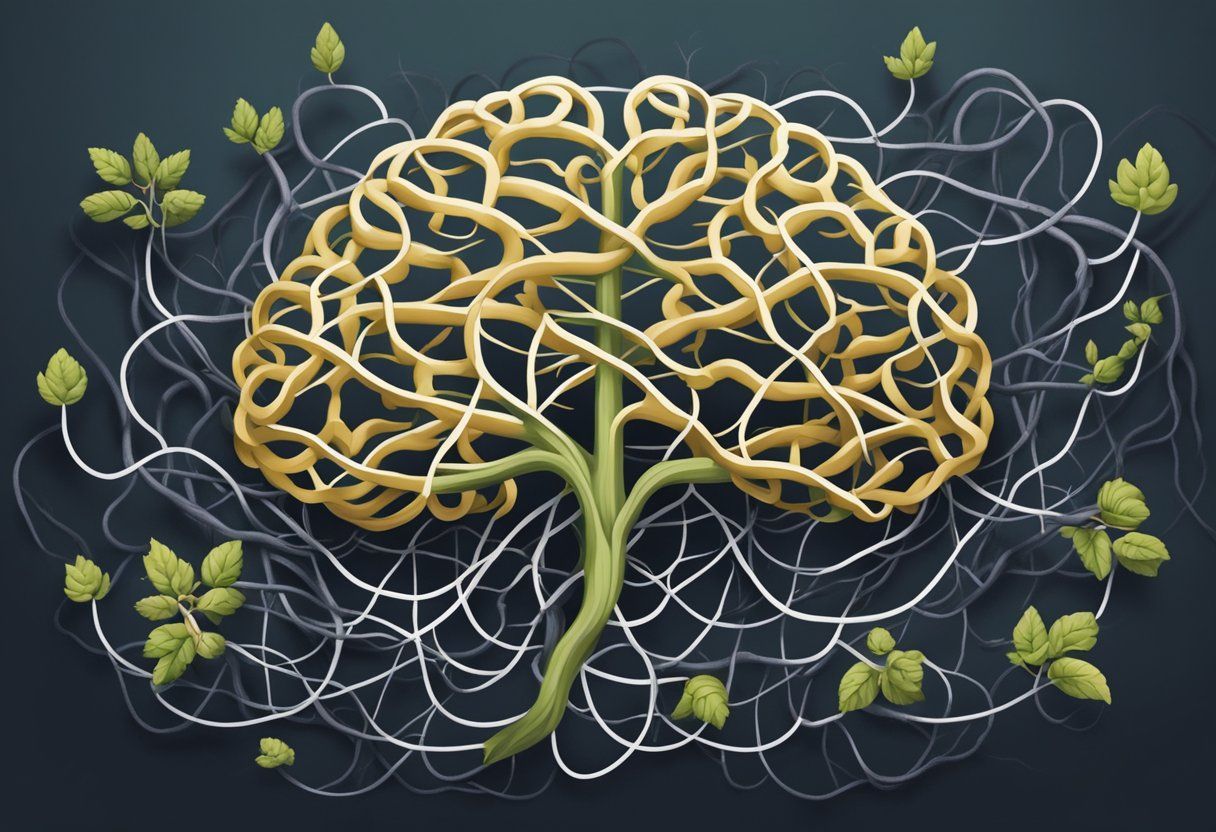
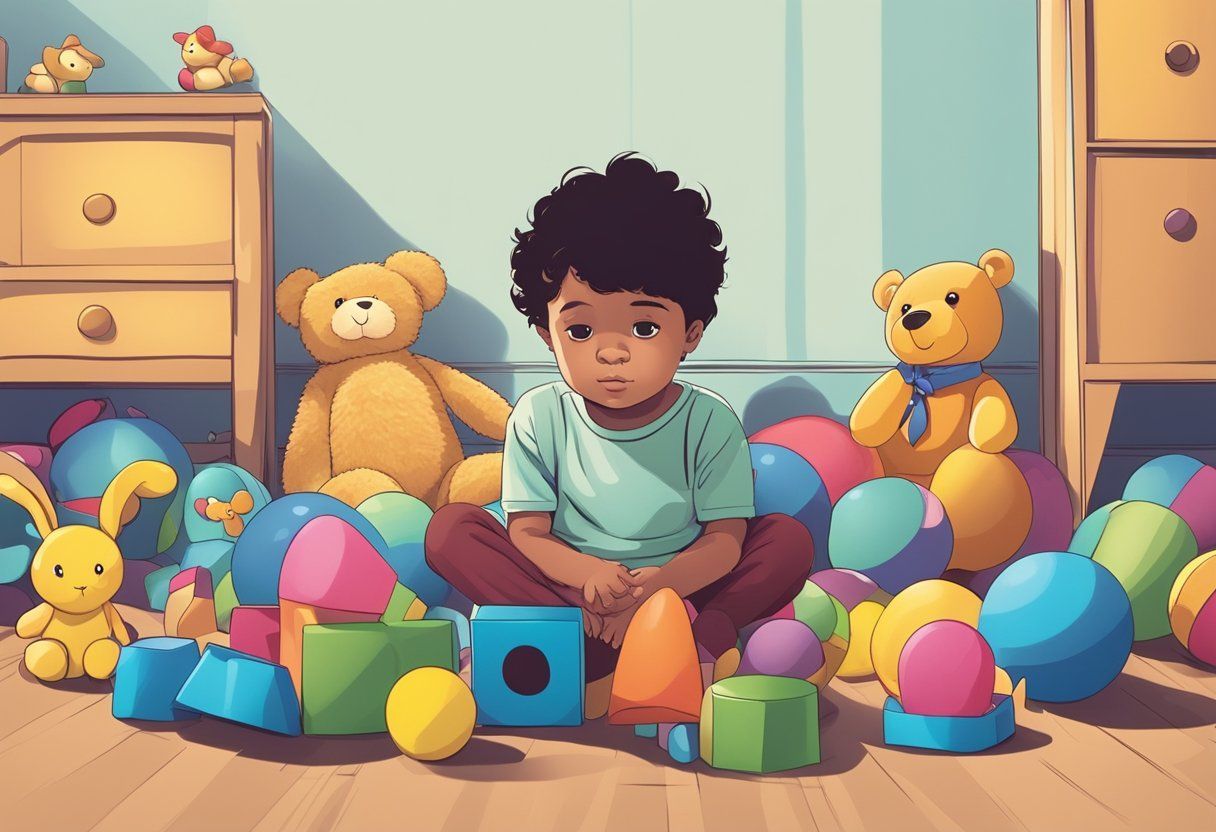
Bringing and keeping families together!





